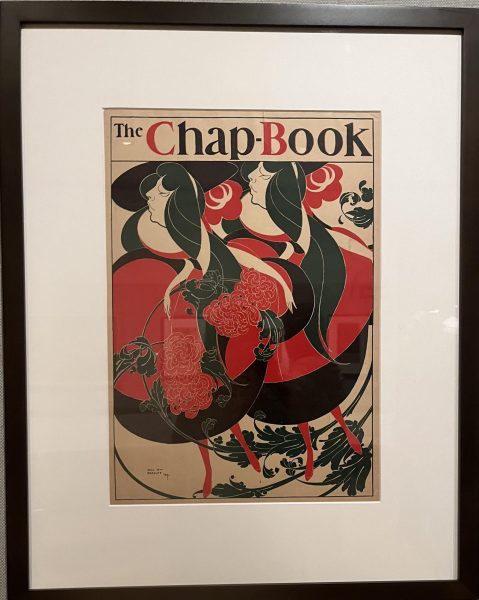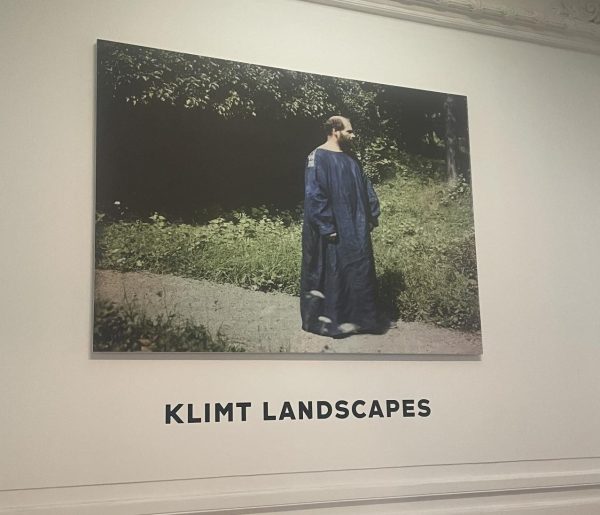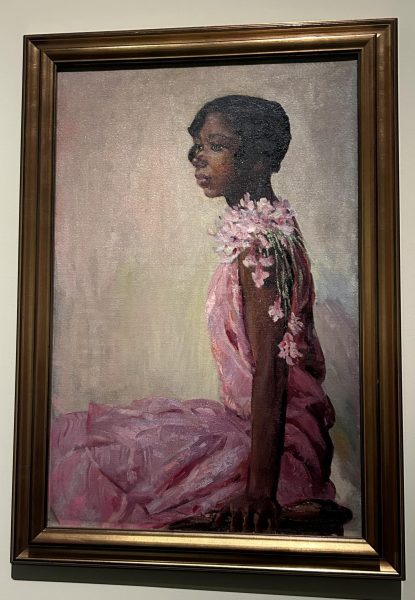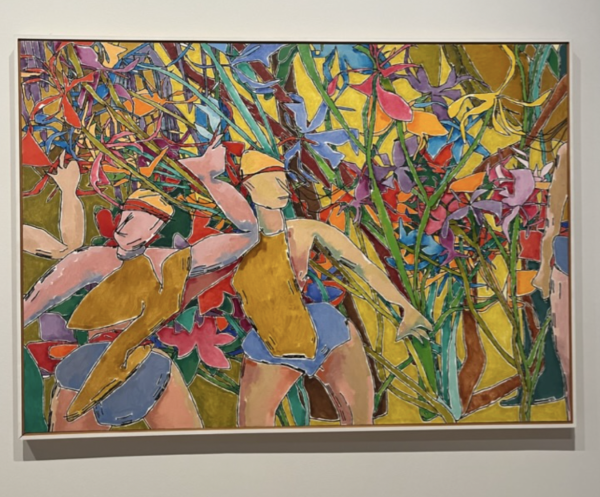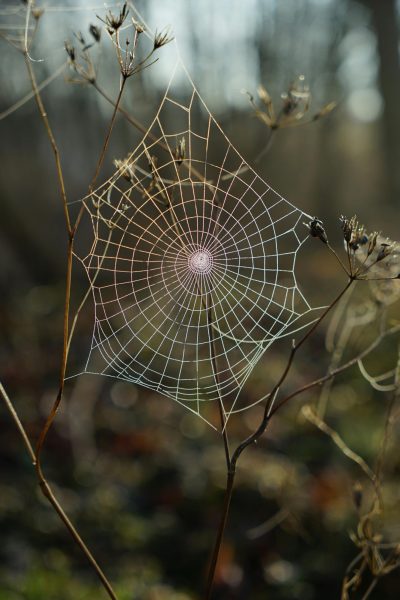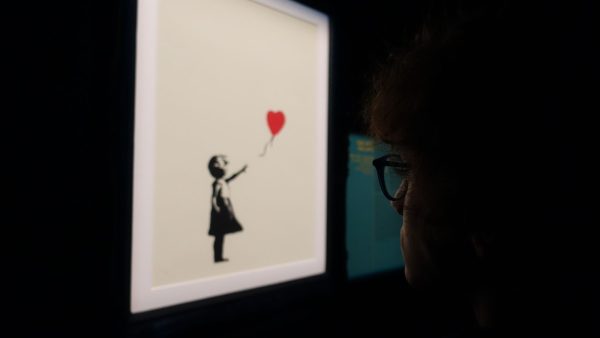From Dark Endings to ‘Happily Ever After’: How Fairytales Have Changed Over the Course of Time
Fairy tales have dramatically evolved over the centuries from historical accounts to the dark tales of the Grimm Brothers to the colorful, bright Disney renditions that we recognize today.

An abandoned castle known as Chateau de Tourbillion in Sion, Switzerland. A series of Swiss bishops lived here and their home often fell victim to the ill will of arsonists who detested its wealthy, powerful inhabitants. Overall, this castle is much like the beloved homes that decorate fairytale landscapes.
Perfectly proportioned princesses, singing birds on their amorous chase, and evil stepmothers with magic mirrors and soul-crushing vanity decorate Disney’s famous fairytale films. However, beyond the surface of these cheery animations, the roots of these trope-ridden stories are dark and disturbing.
Fairytales are the progeny of Biblical and mythological narratives, magnified and distorted by generations of storytellers. Trade, libraries of antiquity, and eventually the printing press facilitated the rapid spread of historical chronicles and fueled the emergence of new tales.
Giovanni Francesco Straparola, born in Caravaggio, Italy in 1480, is known as “the father of the literary fairytale.” Throughout his life, Straparola compiled 75 folkloristic tales, including Puss in Boots, The Golden Goose, and Beauty and the Beast, into two volumes. His works later served as source material for William Shakespeare and Molière, but more importantly, they sparked the quest to unveil the literary gems of folklore and fables to the public.
Between 1634 and 1636, Giambattista Basile, an Italian courtier and writer, published Lo Cunto de li Cunti (“Tale of Tales”). This book outlined 50 fairytales recounted by 10 different storytellers in 5 days. Inspired by his Italian counterparts, Charles Perrault published his 1697 book Histoires ou Contes du Temps Passé (“Tales of Passed Times”). As a high-ranking member of the French court under King Louis XIV, Perrault introduced his tales into the aristocratic salons of 17th century France.
Here enter the Brothers Grimm and Hans Christian Andersen. Andersen published 156 fairy tales across nine volumes and the Grimms published Grimm’s Fairy Tales. Aided by higher literacy rates and the rapid dissemination of books, the three authors branded fiery fairytales into the collective consciousness of Europe and the wider world.
As fairytales were passed down like treasured heirlooms from writer to writer, they dramatically evolved from sinister historical accounts to exaggerated, violent tales to colorful, glorified stories in which everyone lives “happily ever after.”
The fairytale Snow White is evidence of this claim. This tale is based on the short life of Margarete von Waldeck, a 16th-century Bavarian noblewoman. Two elements of the Disney rendition are rooted in historical fact. First, in Margarete’s hometown, her brother forced small children to work in his copper mine. Due to the physical labor and malnutrition, the children were stunted, severely deformed, and consequently referred to as dwarfs. Second, an old man offered poisoned fruits such as apples to the children he believed were stealing from him.
When Margarete came of age, her stepmother sent her to the Brussels court where she became Prince Philip II of Spain’s lover. Instead of walking off with her prince into a smoky pink sunset as Snow White does at the end of the Disney film, Margarete was poisoned by the King of Spain, because he opposed the romantic attachment.
Under the pen of the Grimm Brothers, a more violent version of this tale emerged. Snow White with her skin as white as snow, lips as red as blood, and hair as black as ebony, sparks jealousy in her evil stepmother who then executes her infamous plot with the poison apple. However, after Snow White is awoken by true love’s kiss, the evil stepmother is forced to dance to her death on “red-hot iron shoes” during Snow’s wedding as punishment for her malice.
The Disney version of Snow White emerged after a world war and economic depression. Audiences desired passive entertainment and Disney delivered. Carefully omitting the iron hot shoes, Disney dazzled spectators in the first American full-length animated musical feature.
The fairytale Rapunzel also mirrors this historical path. This tale expands upon an early Christian story. In the third century A.D. in Asia Minor, a wealthy pagan merchant loved his daughter deeply and selfishly forbade her to have any suitors. He locked her in a tower when he went on his travels. On one of his journeys, the young girl converted to Christianity and prayed so passionately that her words could be heard throughout the entire town.
Upon arriving home, the merchant was horrified and presented his daughter before the Roman pro-consul. The consul stated that the father must either behead his daughter or relinquish his fortune if she refused to give up her religion. Favoring gold over familial love, the father executed his daughter and was killed by a lightning strike shortly after. This maiden became Saint Barbara, a martyr in the Eastern Orthodox Church.
The Grimm brothers’ rendition of Rapunzel featured violence as well. In this tale, when the witch bars the prince from seeing Rapunzel, he jumps from the tower in despair and lands in bushes decorated with thorns that pierce his eyes. Fortunately, the two lovers reunite and Rapunzel’s tears, vested with healing powers, restore the prince’s sight. This plotline, embedded with song and sanitized from blindness, then became Disney’s Tangled.
This evolution largely reflects the changing purpose of fairytales. Initially, a tale like Hansel and Gretel warned children of the dangers of wandering into the woods and Little Red Riding Hood taught girls the importance of avoiding strangers who could be predators. It was the grim and gory side of these stories that bred caution in the young.
Additionally, fairytales mirrored society’s misogyny. The duality of femininity is blatantly obvious. In fairytales, women are either jealous, malicious sinners or beautiful, kind-hearted saints. This binary categorization reduces women to black or white, ignoring the shades of grey which swim beneath the surface. Charlotte Koenig ’23 explained that, “Stories like ‘Little Red Riding Hood’ reinforce the stereotype of women as oblivious, naive, and innocent. This passive, wholesome femininity is paired with depictions of a fair-skinned, blond-haired, and wide-eyed girl like Rapunzel or Sleeping Beauty.”
Moreover, the trope of a damsel in distress is evident throughout fairytales. “There’s a ‘savior complex’ in fairytales,” Ava Kawamura ’22 said. “The prince is always saving the princess which is why fairytales reinforce the notion that women are helpless, rather than depicting them as strong figures.”
Fairytales also perpetuated antisemitism. The Grimm brothers published three fairytales with Jewish characters. In The Jew in the Brambles, the protagonist forces a Jewish man to dance in a thicket of thorns while he calls him a “dirty dog” and in The Good Bargain, a Jewish man is depicted as an avaricious thief.
Fairytales unplagued by antisemitism also played a role in perpetuating hatred against Jews. During the Third Reich, the Nazis transformed fairytales into potent propaganda. The Nazis argued that Little Red Riding Hood represented the Jewish ‘wolf’ preying on innocent Germans and declared that Cinderella, with her pale skin and golden hair, was Aryan while her stepsisters were impure. By this logic, the Nazis believed that the Grimm brothers passed sentence on the sisters correctly; Cinderella received an engagement ring while the stepsisters lost their eyes at the hand of vengeful birds.
Modern-day fairytales court tradition, they possess clear cut cliches and time-honored tropes but carry an aura of simplicity. History and folklore have been diluted to their lightest form and flooded with magic and music in Disney’s films. Themes of antisemitism have been omitted and misogyny is beginning to be tackled with a bookworm Belle and more powerful female characters like those in Maleficent.
These stories will continue to adapt through the ages under the pens of a plethora of writers. Fairytales are timeless stories that will always grace screens, fill children’s books, and transport audiences into magical, mysterious worlds far, far away.
Modern-day fairytales court tradition, they possess clear cut cliches and time-honored tropes but carry an aura of simplicity. History and folklore have been diluted to their lightest form and flooded with magic and music in Disney’s films.
Katia Anastas is an Editor in Chief for ‘The Science Survey.’ She loves that journalistic writing equally emphasizes creativity and truth, while allowing...
Sela Emery is a Copy Chief for 'The Science Survey.' She focuses on art history, covering relevant art pieces and exhibitions with each issue. In addition...

